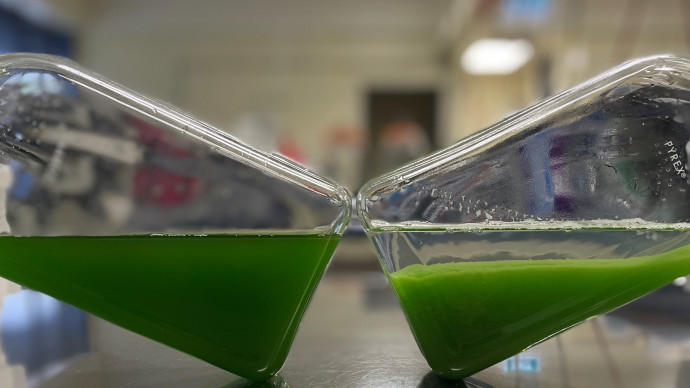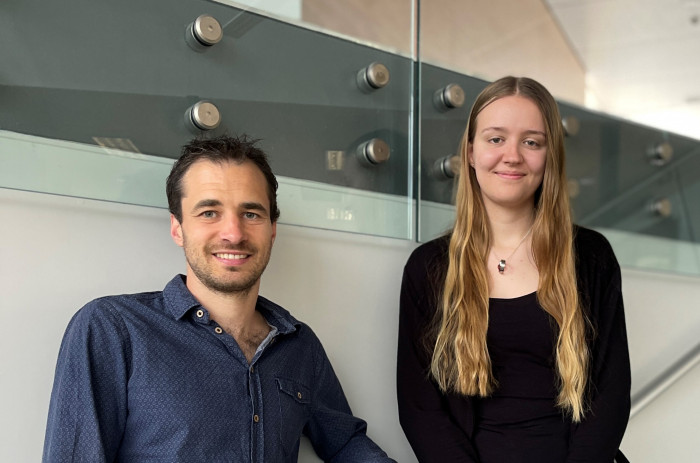Can we mimic microalgal predators? Using the natural defence system of microalgae for their sustainable harvesting in food and industrial applications

Dr Maxence Plouviez from Te Kunenga ki Pūrehuroa Massey University will explore how we can artificially stimulate microalgae to clump together as a cost-effective and sustainable harvesting biotechnology for microalgae-based food production and wastewater treatments
Published on 3 Whiringa-ā-rangi November 2022
Microalgae play vital roles in wastewater treatment and the production of food and high value bioactives. Their many uses in the food industry include making gelling agents, supplements (like Spirulina), and fermented products including cheese. Likewise, countless communities worldwide rely on microalgae to cleanse wastewater. However, these applications are currently hampered by our inability to harvest microalgae economically and sustainably after they have done their job. For small communities and farms with limited capital, this inability to easily filter microalgae from wastewater ponds means nitrogen and phosphorus removed by microalgae still make it into local waterways. However, while microalgae are difficult to harvest in human-made environments, they readily aggregate into clumps in their natural environments, such as when sensing predators.

Dr. Maxence Plouviez and his PhD student Miss Emma Muir. Photo supplied
Dr Maxence Plouviez has been awarded a Marsden Fund Fast-Start grant to investigate which signals trigger self-aggregation in microalgae and whether these signals can be reproduced on demand. He will focus on compounds known as infochemicals that carry communicative information between two organisms. For example, pheromones are a type of infochemical used to communicate between individuals of the same species. Using RNA-sequencing and molecular and chemical analyses, Dr Plouviez aims to identify how microalgae transmit and receive the infochemicals produced when a predator is sensed, triggering the microalgae to clump together for safety. This fundamental research will establish the foundation for more cost-effective and sustainable harvesting biotechnologies to support the growing demand for microalgae-based industry.
